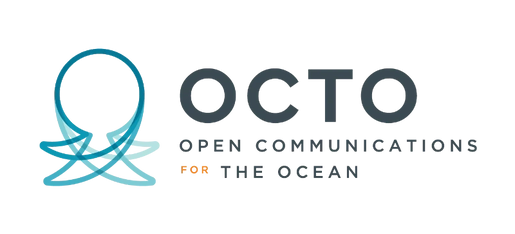FLORENT NICOLAS
Florent Nicolas has been drawn to marine wildlife since childhood, with a particular fascination for marine mammals. During his academic years, he devoted much of his free time to fieldwork in Normandy—his home region—as well as in Canada and the French West Indies. These journeys introduced him to diverse ecosystems, remarkable species, and the people working to protect them.
Photography became a natural extension of his conservation work—a way to capture and share the majesty of the natural world. Through his lens, he aims to raise awareness about the importance of protecting habitats and species, using visual storytelling to inspire deeper connection and responsibility toward the environment.
Now based in Finland, Florent continues to explore remote and wild places, bringing back images and narratives that advocate for nature conservation. One of his most personal commitments is supporting the protection of Canada’s Great Bear Rainforest and the communities that depend on it.
Check out more of Florent's amazing work:
🌐 https://www.florent-nicolas.com
📸 Instagram: @florent_nicolas_
Images © Florent Nicolas unless stated. Used with permission exclusively for this article. Not to be reproduced, archived, or redistributed.
How does the ocean inspire you art?
Even though we know a lot about the ocean, ecosystems and marine biodiversity, they are still full of mysteries. The constantly moving ocean provides an endless opportunity to capture specific moments which our memory will forget because they simply happen too rapidly.
The inspiration comes as a combination of capturing the scene happening in front of me with the story to be shared. When I capture a moment, I immediately think about which message should be shared with the final result to create an emotional impact.
Catching the perfect moment means for me to have the perfect view of the subject(s) in its environment, with all elements in balance. It goes from the position of the waves, potential reflection in the water to small details such as the position of drops! Such challenges are always boosting my inspiration.
Do you have a personal or first experience with the ocean that shaped your art?
Wildlife photography comes from my passion for the ocean. It all began with a first sighting of common dolphins during my early childhood and being from a family spending a lot of time surrounded by the ocean.
In the early stage, my art developed through the years of exploring how my camera gear could capture specific moments I was witnessing. This means a lot of failure in terms of the quality of the photographs but also in terms of sightings: patience is the key!
Each encounter with marine life and people living by the ocean is continuously shaping my art: it is a long and endless process to capture specific moments of life with the aim of sharing powerful stories, messages and raising awareness.
Tell us about a piece of art you have created that has been inspired by the ocean
This picture of a spirit bear holding a salmon is one I captured while being inspired by the ocean. A large part of my wildlife photography work is about the marine environment in the Great Bear Rainforest of British Columbia, on the territory of the Gitga'at First Nation.
With the help of my friends from this First Nation, I have spent countless hours with a living legend: the spirit bear. First Nations of this region have a deep cultural connection with this bear. It is a black bear with a white fur which only occurs in this part of the world, and only a few dozen specimen of this rare bear are known to exist! Every year, when salmons come back from the Pacific Ocean to spawn in the rivers, it is possible to sight the rare spirit bear.
The salmon run (i.e. when the salmons are coming back to the rivers to spawn) provides a massive source of nutrients for the terrestrial ecosystems. This picture shows the incredible links between the ocean and the coastal rainforest and highlights how species are deeply connected. It also shows the key aspect of the cultural importance and the respect of nature in First Nations' culture.
In your opinion, why is it important to protect marine spaces?
It is well known that we, humans, have deeply impacted the planet and we still do! It is our responsibility to restore what we have broken. Unfortunately we tend to forget that the marine environment produces all sorts of elements which are vital for our survival but also for our societies, for example cultural aspects.
I truly believe that changing our mind towards protecting the environment is the key. The ocean is a perfect example to highlight to the society why we should protect species, ecosystems and habitats. We strongly depend on the health of our environment, and marine spaces are part of it.
What can art bring to the conversation in marine protection?
Unfortunately, art is sometimes forgotten in terms of marine protection. I strongly believe that if we want to fully protect the marine biodiversity and ecosystems, we do need the understanding and support of everyone.
Art is a powerful tool to create an emotional connection: to generate a reason in people's willingness and hearts to change practices and attitudes.
I use wildlife photography to raise awareness by sharing powerful stories, with the belief that such initiatives can support marine protection on the field.
"Art is a powerful tool to create an emotional connection: to generate a reason in people's willingness and hearts to change practices and attitudes."
Florent Nicolas


Join us for a special OCTO webinar celebrating MPA DAY
10 February 2026, 16:00 CET / 17:00 EET/SAST
